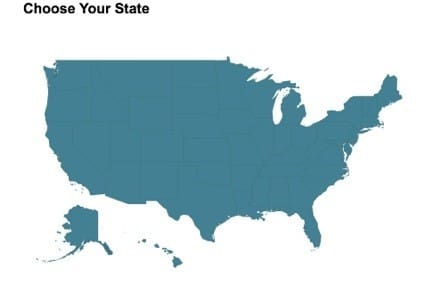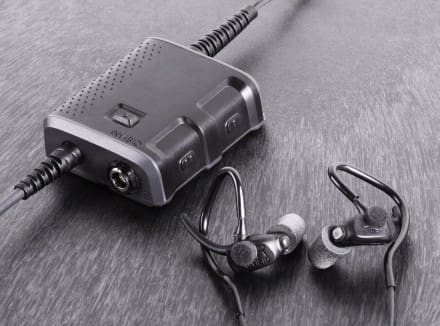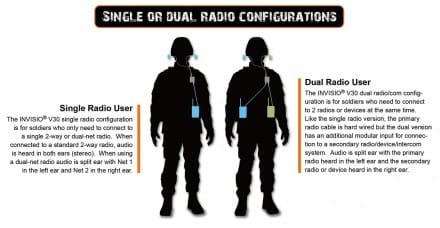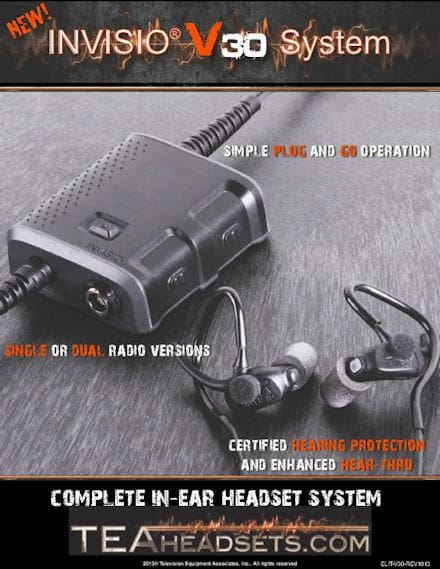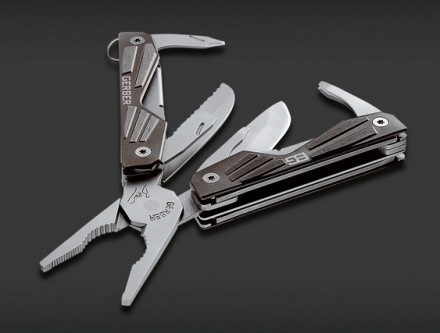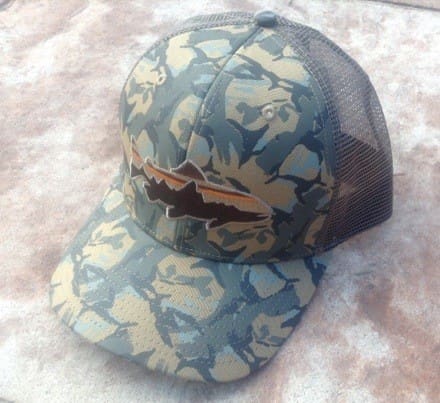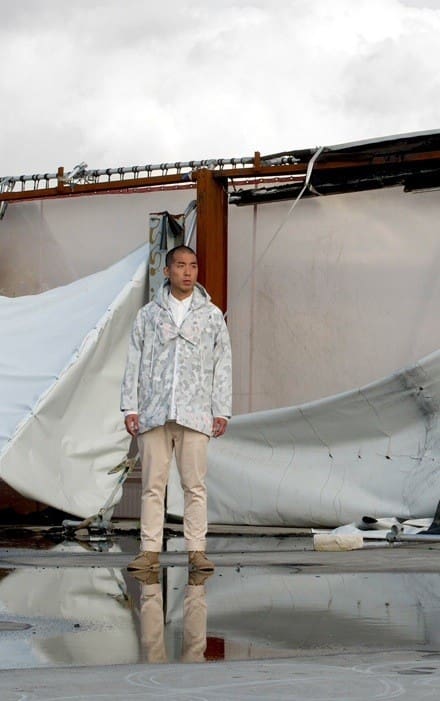The Way Back Machine takes us to December 13th, 2010 when I published this opinion piece regarding the Army’s upcoming requirement for a new family of camouflage.
I attended the Army Camouflage Improvement Industry Day held last week at what was once called Harry Diamond Labs in Adelphi, Maryland. Before I can comment on any of the information presented at the conference, and there was a lot, I feel it is important that I address the underlying issue at hand; the requirement itself.
Overall, is the requirement valid? In my opinion yes, but to a point. The Army should continually assess technologies to reduce the signature of the American Soldier. My issue is with the implementation. The program’s timeline, which I will discuss in more as the week progresses, ends with a plan of action being presented to Army leadership at the end of FY12. This means a decision won’t be made until then at the earliest, with implementation not taking place until well into FY13. The problem with this? We are at war now.
My biggest issue with this program is that the authors of this latest requirement have failed to learn from the past, and worse yet, the recent past. In fact, by working to field multiple specialized patterns, they are repeating failures from THIS war. Prior to the adoption of UCP, the US Army relied upon Woodland and Desert camouflage patterns. All Soldiers were issued Woodland clothing and equipment regardless of posting. The 3-Color Desert pattern was considered specialty equipment and only issued to select personnel based on operational requirements. Unfortunately, during 1991’s Operation Desert Storm many American troops wore Woodland clothing due to the shortage of desert issue. Ten years later, this same situation was repeated during the early days of Operation Enduring Freedom and what’s worse, once again during Operation Iraqi Freedom. Unlike post 9/11 operations, the military had ample time to procure and issue specialized desert clothing and equipment prior to the commencement of hostilities with Iraq, yet they failed to accomplish that task. Consequently, we had troops that wore a combination of desert and woodland clothing while some received no desert issue at all. UCP was envisioned to overcome these issues. One pattern for clothing and equipment so that Soldier’s could deploy at a moment’s notice, anywhere in the world. While the implementation was lacking, there is no need to throw the baby out with the bath water.
I have some relevant experience here. I spent much of my career in the 72-hour contingency business serving in both the Army and Air Force. Even in a unit that issued all deployable personnel desert equipment, September 13th 2001 found me rounding up DCUs and other field equipment for support troops that were not slated to ever go to war. Their specialties were normally accomplished at home station but the unique nature of the burgeoning War on Terror required them to deploy forward. These technicians literally reported for duty that morning with news that they leaving on a flight that evening for an Intermediate Staging Base in the Middle East. Fortunately, we kept ample supplies of OCIE on hand, but this still held up their processing for deployment. Standing in line for uniforms is the last thing you want to do when you are deploying that same day. Make no mistake, had we not had unit stocks of equipment, these men would have deployed in the wrong uniform. So long as we issue specialized patterns, individuals as well as entire units will risk deploying in the wrong uniform.
The Family of Camo Pattern program will produce exactly the same set of circumstances in future conflicts. Soldiers will fight with the equipment they have rather than the equipment they desire. The perfect piece of kit sitting in a warehouse somewhere has zero effect on the outcome of a battle. And really, what’s worse, is that two or even three patterns won’t be enough to truly provide 90% or better camouflage in the world’s disparate environments. A woodland pattern will still have to be a compromise for all woodland or jungle areas. The same holds true for desert. Based on this current requirement, the Army is asking for generic patterns that will work well in some environments and not so great in others. The chance that a Soldier’s camouflage will work against him actually increases based on this requirement. The more specialized patterns the Army develops, the fewer places the Soldier can use them. At the conference, I kept hearing that this is about performance and not a fashion show, but spending money on a camouflage pattern that won’t work most places sounds like a fashion statement to me.
Which brings me to the next point. What makes this issue even worse is that it seems that no one is taking into account the shrinking defense dollar. Purchasing multiple patterns is not cost effective for the standing Army and associated Reserve and Guard force that our country fields. Consider that the Army issues a garrison uniform (ACU) as well as specialized combat apparel (FRACU and ACS). The Basis of Issue for these garments multiplied by the size of the force calls for a uniforms requirement in excess ten of million. And that is just to start. Factor in sustainment and you can see that we just can’t afford multiple patterns.
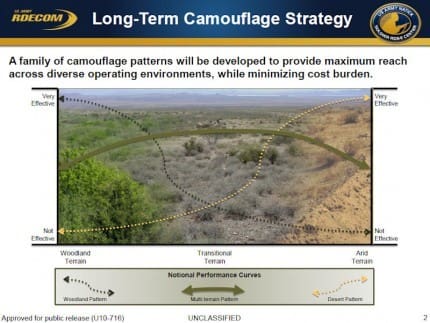
While dedicated camouflage patterns are fantastic in the environment they are designed for, they work against the Soldier in other environments. As you can see in this graphic shown at the Industry Day conference, the Army has learned that Soldiers in Afghanistan traverse multiple micro environments during a single mission. If the Army adopts dedicated patterns, Soldiers will potentially be safe as houses in one micro environment, but as their mission progresses, their uniform will do the enemy’s work for him, making them stick out like the proverbial sore thumb.
As you may have read in Kit Up!, the Army is not going to include the current Army standard UCP as a baseline in the evaluation phase of the solicitation. Essentially, COL William Cole, PM for Soldier Protection and Individual Equipment said that the 2009 camo study showed that UCP was not an effective pattern. Instead, they are going to baseline results against OCP and what is essentially already a DoD Family of Patterns, MARPAT Woodland and Desert and their cousins AOR 1 and 2 which all share similar geometries.
In 2009, the Army chose MultiCam for use as the Operation Enduring Freedom Camouflage Pattern (OCP) based on a rigorous test protocol that will essentially be repeated in this latest search for a Family of Camo Patterns. While testing focused on the Afghanistan theater, candidate patterns were assessed in a variety of micro terrains. In that test, MultiCam proved to be effective 70% or better in EVERY environment it was pitted against. No other pattern reached this mark.
OCP is available now. As a GOTS solution, it has been tested, and is in production. Of all of the multi-terrain or “transitional” patterns available during the last round of testing, it proved to be the most effective. Consequently, the Army adopted it.
In the end, the requirement is there. It is important for industry to put their best foot forward and participate. But, in my opinion, the Soldier is losing out as the can is kicked down the road. Remember, a bird in hand is worth two in the bush. Let’s field a viable solution now and take our time with the science projects.
-The Editor



